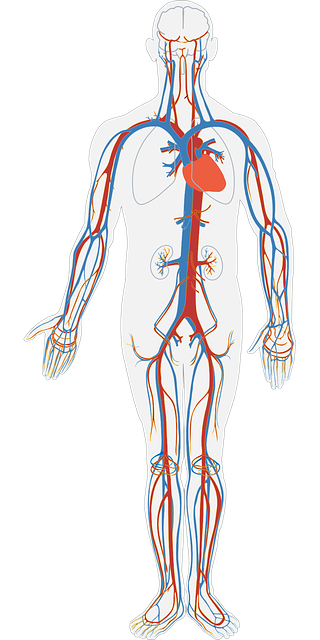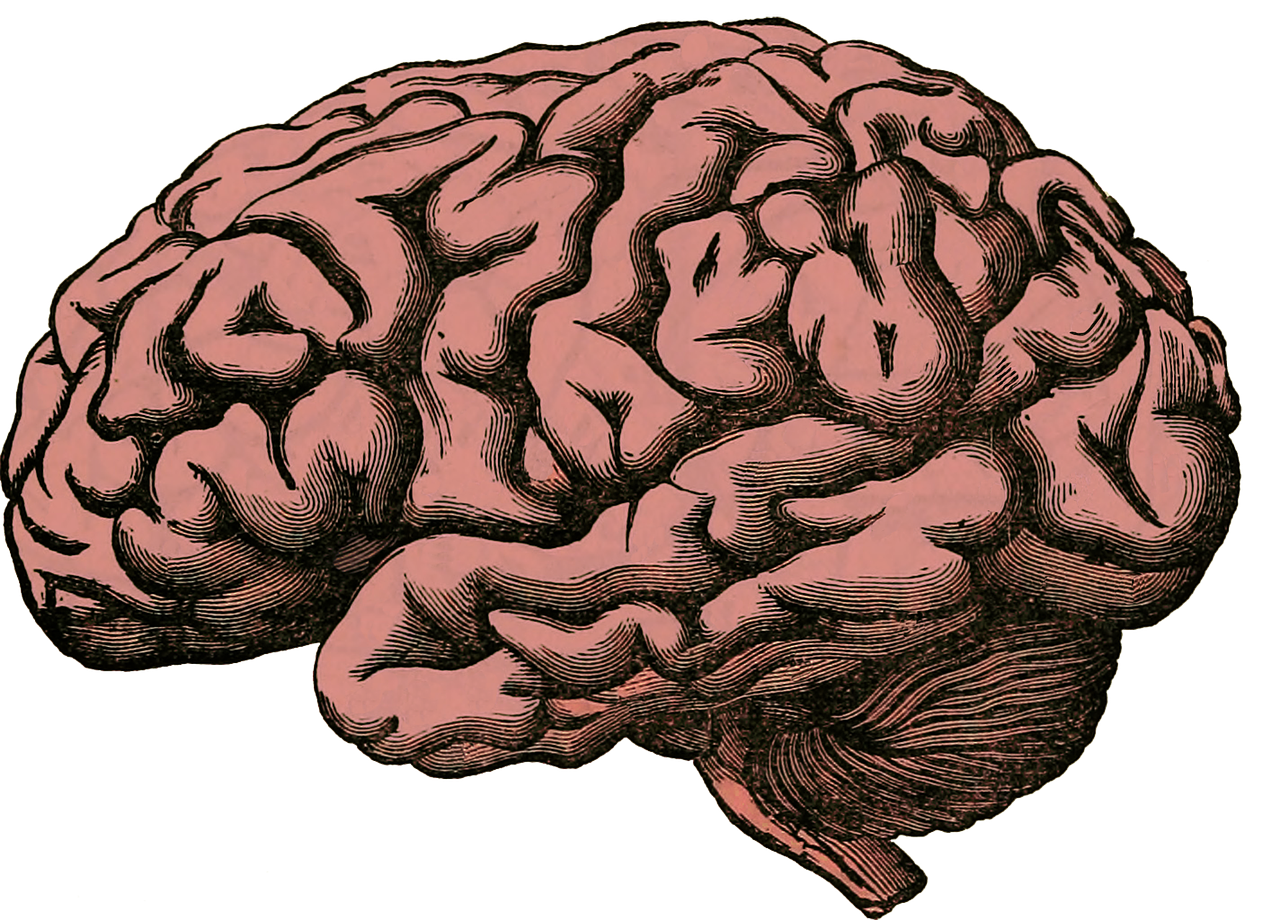The Last Standing Sentinel: Unveiling the Organ that dies last in the human body

Amidst the marvels of the human anatomy lies a question that often evades our contemplation: what is the organ that dies last in the human body? In exploring the depths of medical science we discover that the brain is the last organ to die in the human body since its function is essential for sustaining life. Even when other organs fail, the brain may continue to function for a brief period, albeit impaired, before ultimately succumbing to the lack of oxygen and nutrients.
Inevitably intertwined with our fascination with human anatomy is the contemplation of mortality. Death, the ultimate certainty of life, remains a profound enigma, inspiring both curiosity and reverence. As we embark on a journey to explore the intricacies of the human body’s demise, we confront the sobering reality of our finite existence and the profound implications it holds.
The Brain: Resilient organ that dies last
At the helm of the body’s intricate command center lies the brain, an organ of unparalleled complexity and resilience. Despite its vulnerability to injury and disease, the brain possesses an astonishing capacity to adapt and recover, safeguarding vital functions until the very end.
Understanding the Brain’s Vital Functions
From cognition to consciousness, the brain orchestrates a symphony of activities essential for human existence. Its role in processing sensory information, regulating emotions, and coordinating movement underscores its indispensability in shaping our identity and experiences.
Role in Maintaining Homeostasis
Central to the brain’s mandate is the preservation of homeostasis, the delicate balance of internal conditions necessary for survival. Through intricate feedback mechanisms, the brain regulates body temperature, blood pressure, and metabolic processes, ensuring optimal functioning even in the face of adversity.
Prolonged Activity in Brain Death
Contrary to popular belief, brain death does not signify an immediate cessation of activity. Instead, the brain may persist in a state of heightened electrical activity, blurring the lines between life and death and challenging conventional notions of irreversibility giving it the title of the organ that dies last when life fades away.

Medical Perspectives on Brain Functionality in the Final Moments
In the realm of medical ethics and practice, the determination of brain death raises profound ethical and philosophical questions. Through an exploration of medical perspectives and protocols, we gain insight into the complexities of decision-making and care provision in the context of brain death.
How Vital Organs contribute in the final Moment
Heart’s Role in Sustaining Vital Functions
As the quintessential symbol of life and vitality, the heart serves as the engine driving the body’s circulatory system. Through its rhythmic contractions, the heart pumps oxygen-rich blood to every cell, sustaining vital functions and ensuring the body’s survival.
Pumping Blood Until the Last Beat
Even in the throes of death, the heart remains steadfast in its duty, pumping blood until the last beat. Its unwavering commitment to circulation underscores the resilience and endurance inherent in the human cardiovascular system.
Adaptability to Stress and Strain
The heart’s ability to adapt to varying levels of stress and strain is a testament to its remarkable resilience. From moments of rest to periods of exertion, the heart adjusts its rate and rhythm to meet the body’s changing demands, ensuring optimal function in diverse circumstances.
The Heart’s Final Act: Ceasing its Beat
In the final moments of life, the heart performs its ultimate act, ceasing its rhythmic contractions and relinquishing its hold on existence. As we bear witness to the cessation of life’s most vital organ, we are reminded of the fragility and preciousness of our mortal existen
The Lungs: Breath of Life’s Last Gasp
The respiratory system is a marvel of evolution, sustaining life through its enduring functionality. At the core of this system lies the lungs, responsible for gas exchange and oxygen transport essential for cellular respiration.
Alveoli, tiny air sacs in the lungs, facilitate the exchange of oxygen and carbon dioxide with the bloodstream, ensuring oxygen reaches every cell in the body. The lungs also play a vital role in regulating pH levels by expelling carbon dioxide, maintaining the delicate acid-base balance necessary for optimal bodily function.
Terminal Respiratory Failure: A Closer Look
However, despite their resilience, the lungs can succumb to terminal respiratory failure, a condition marked by the inability to maintain adequate oxygenation.
Understanding the Dying Process in Respiratory Failure
In such cases, the body’s oxygen supply becomes compromised, leading to a cascade of physiological imbalances that ultimately culminate in the cessation of life.
The Liver: Sustaining Life Amidst Degeneration
Amidst the complexities of human anatomy, the liver stands as a resilient organ, although not as the organ that dies last, it is steadfast in its mission to sustain life amidst degeneration.
Liver’s Crucial Metabolic Functions
Primarily recognized for its metabolic prowess, the liver serves as a biochemical powerhouse, orchestrating processes such as detoxification, nutrient storage, and the synthesis of essential proteins and blood clotting factors.
Detoxification and Nutrient Storage
Through intricate enzymatic pathways, the liver detoxifies harmful substances, ensuring the body remains free from toxins while also storing vital nutrients such as vitamins and minerals for future use.
The Kidneys: Filtering Until the End
In the intricate tapestry of human physiology, the kidneys emerge as stalwart guardians, filtering until the very end to maintain fluid and electrolyte balance. Central to this mission is the kidneys’ role in regulating fluid and electrolyte balance, finely tuning the body’s internal environment to ensure optimal cellular function.
Through the intricate network of nephrons, the kidneys filter waste products and excess substances from the bloodstream, excreting them in the form of urine to preserve systemic homeostasis.
Moreover, the kidneys play a pivotal role in regulating blood pressure and red blood cell production, further underscoring their indispensability in the realm of human physiology.
As kidney function declines, urine output diminishes, leading to metabolic imbalances and fluid retention that contribute to the progression of end-stage renal disease.
The Skin: Last Frontier of Protection
Amidst the ebb and flow of life, the skin stands as the body’s last frontier of protection, guarding against external threats while serving as a canvas for the unfolding drama of existence.
Skin’s Integral Role in Body Protection
Beyond its role as a physical barrier, the skin functions as a dynamic interface between the body and its environment, orchestrating immune defenses, thermoregulatory responses, and sensory perceptions that shape our sensory experience of the world.
Epidermal cells work tirelessly to maintain the skin’s barrier function, repelling pathogens and preventing microbial invasion that could compromise systemic health.
Concurrently, specialized structures within the skin, such as sweat glands and sensory receptors, contribute to thermoregulation and sensory perception, enabling us to navigate the complexities of temperature and touch with ease.
Skin Changes in the Dying Process
Yet, in the twilight hours of life, the skin undergoes profound changes as circulation wanes, leading to pallor, mottling, and coolness that herald the body’s journey towards its final destination.
Moreover, the symbolism of skin in the final moments serves as a poignant reminder of our shared humanity, a tangible expression of the frailty and resilience that define the human condition.
The Digestive System: Fading Hunger in the Final Moments
As the curtain falls on life’s grand performance, the digestive system takes center stage, its once-vibrant rhythms gradually fading into silence as hunger gives way to a profound sense of closure.
Digestive Tract’s Journey Through Nutrient Absorption
Throughout life, the digestive tract orchestrates a symphony of nutrient absorption, breaking down food into its constituent parts and ferrying essential molecules to cells hungry for sustenance.
Enzymes and digestive juices play a pivotal role in this process, catalyzing chemical reactions that transform complex nutrients into forms readily assimilated by the body.
In the small intestine, villi and microvilli provide an expansive surface area for nutrient absorption, ensuring no morsel of sustenance goes to waste in the pursuit of nourishment.
Loss of Appetite in Terminal Illness
Yet, as life approaches its twilight, the appetite wanes, appetite suppression in terminal illness is common, reflecting the body’s shifting priorities as it redirects its dwindling resources towards essential functions.
The Muscles: Relinquishing Control
As life nears its end, the intricate machinery of the human body begins to wind down, and nowhere is this more evident than in the musculoskeletal system.
Muscular System’s Role in Movement and Support
The muscular system, comprised of skeletal, cardiac, and smooth muscles, is integral to both movement and support throughout life’s journey.
Skeletal Muscles and Voluntary Movement
Skeletal muscles, attached to bones by tendons, are responsible for voluntary movements such as walking, reaching, and grasping. They contract and relax under conscious control, allowing us to navigate the world around us with precision and grace.
Cardiac and Smooth Muscles in Involuntary Functions
In contrast, cardiac and smooth muscles operate involuntarily, tirelessly carrying out essential functions without our conscious awareness. Cardiac muscles power the rhythmic contractions of the heart, ensuring continuous circulation of blood throughout the body, while smooth muscles line the walls of organs and blood vessels, facilitating processes such as digestion and blood pressure regulation.
Muscle Weakness in the Dying Process
As life draws to a close, muscle weakness often sets in, signaling the body’s gradual surrender to the inevitable. This weakness may stem from various factors, including age-related degeneration, chronic illness, or the physiological effects of the dying process itself.
Impact on Mobility and Functionality
The consequences of muscle weakness extend beyond mere physical limitations, profoundly impacting mobility, independence, and overall functionality. Tasks once performed with ease may become insurmountable challenges, diminishing quality of life and fostering a sense of vulnerability.
Conclusion
While the human body’s journey ultimately culminates in the cessation of all organ function, it is widely acknowledged that the brain typically persists as the organ to die last. Its remarkable resilience and essential role in orchestrating vital functions underscore its significance as the final sentinel of life.
However, it’s essential to recognize that the dynamics of organ failure can vary depending on individual circumstances and medical conditions. Regardless of which organ ceases function last, understanding the intricacies of the dying process can foster greater compassion and support for those navigating the final stages of life.









